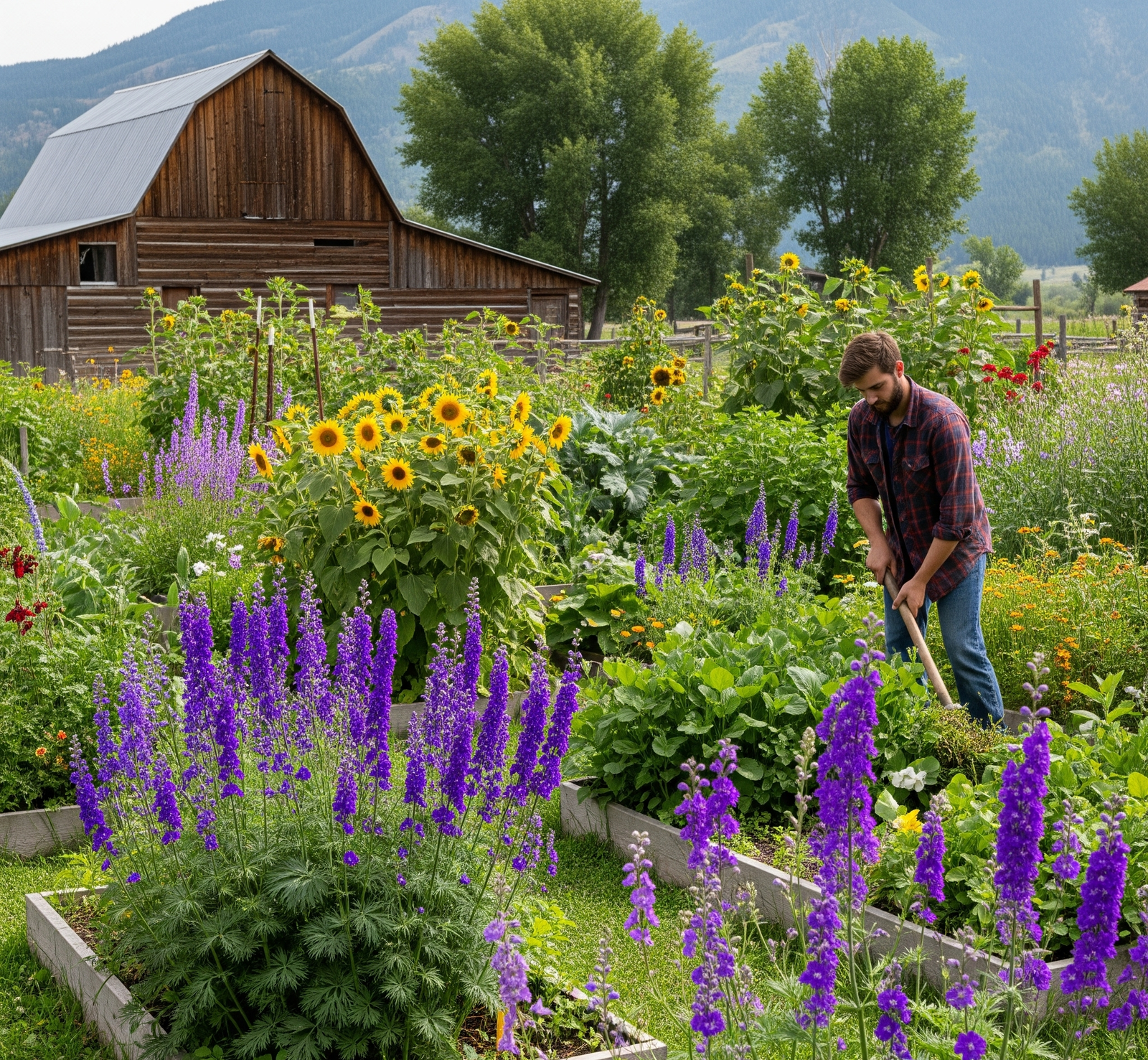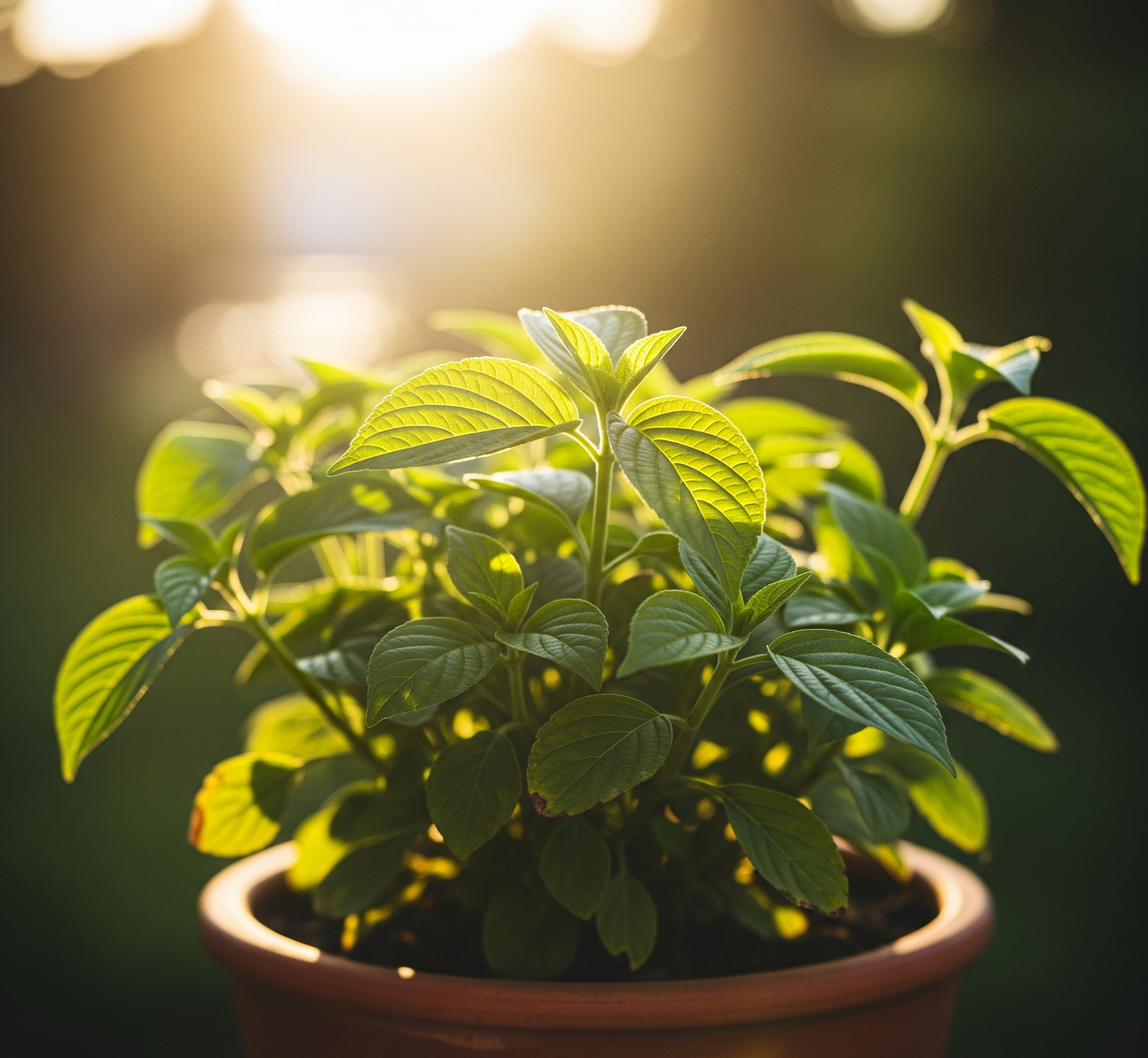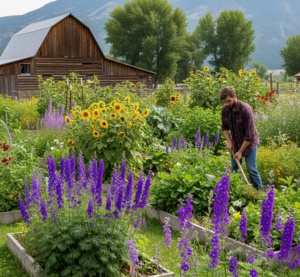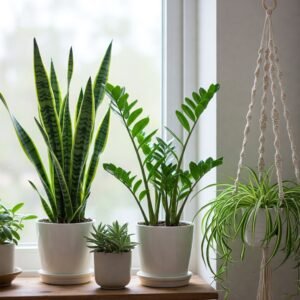How to Grow Potatoes
Growing potatoes at home is a rewarding experience that can yield delicious results with relatively minimal effort. It doesn’t matter whether you have a spacious garden or just a few containers on your patio; learning how to grow potatoes can provide you with fresh, nutritious tubers that outshine anything you’ll find at the supermarket. We will walk you through every step of the potato growing process, from selecting seed potatoes to innovative growing techniques.
Selecting the Right Seed Potatoes
The foundation of successfully growing potatoes at home begins with choosing quality seed potatoes. Unlike other vegetables, potatoes aren’t typically grown from actual seeds but from “seed potatoes,” which are small potatoes or pieces of potato that contain eyes (buds).
When selecting potato varieties for home gardens, consider these factors:
- Disease resistance: Look for certified disease-free seed potatoes
- Growing season: Early, mid-season, or late varieties
- Culinary purpose: Waxy potatoes for salads, starchy ones for baking
- Climate adaptation: Some varieties perform better in certain regions
Popular varieties include Yukon Gold, Russet, Red Pontiac, and fingerling potatoes. Purchase your seed potatoes from reputable garden centers or seed suppliers rather than using store-bought potatoes, which may have been treated with sprout inhibitors or carry diseases.
Chitting: Preparing Your Potatoes for Planting
Chitting potatoes is an optional but beneficial step in growing potatoes that gives your plants a head start. This process involves encouraging seed potatoes to sprout before they are planted.
To chit potatoes:
- Place seed potatoes in egg cartons or shallow trays with the “eye” end pointing up
- Keep them in a cool (50-60°F) lightroom out of direct sunlight
- Allow 2-4 weeks for short, stubby sprouts to develop (½-1 inch long)
- For larger seed potatoes, cut them into pieces, ensuring each piece has at least 2-3 eyes
- Let cut pieces heal and form a callus for 1-2 days before planting
Properly chitted potatoes develop more vigorous plants and potentially earlier harvests, making this step worthwhile for most home gardeners focused on growing potatoes efficiently.
Optimal Planting Time and Soil Preparation
Timing is crucial when planting potatoes. Generally, potatoes should be planted:
- 2-3 weeks before your last spring frost date
- When soil temperatures reach at least 45°F
- When the soil is workable and not waterlogged
The best soil for potatoes is loose, well-draining, and slightly acidic (pH 5.8-6.5). Prepare your soil by:
- Testing soil pH and amending if necessary
- Adding compost or well-rotted manure to improve fertility and structure
- Ensuring proper drainage by incorporating organic matter
- Avoiding areas where potatoes, tomatoes, or peppers have grown in the past 3 years
Proper soil preparation sets the stage for healthy potato growing throughout the season. Remember that potatoes prefer full sun exposure (at least 6 hours daily), so choose your planting location accordingly.
Planting Techniques: Trenches, Containers, and No-Dig Methods
There are several approaches to how to grow potatoes, each with its advantages:
Traditional Trench Method:
- Dig trenches 6-8 inches deep and 12 inches wide
- Space trenches 2-3 feet apart
- Place seed potatoes 12 inches apart, sprouts facing upward
- Cover with 3-4 inches of soil initially
Container Gardening Potatoes:
- Select containers at least 15 gallons in volume and 15+ inches deep
- Ensure adequate drainage holes
- Fill the bottom third with quality potting mix
- Place 3-4 seed potatoes and cover with 3 inches of soil
- Add more soil as plants grow
No-Dig Method:
- Place seed potatoes directly on the prepared ground
- Cover with 4-6 inches of straw or leaf mulch
- Add more mulch as plants grow
- Harvest by simply removing the mulch layer
Container gardening potatoes works exceptionally well for small spaces and makes harvesting easier. Whichever method you choose, ensure proper spacing to allow plants room to develop their underground tuber systems.
The Importance of Hilling Your Potato Plants
Hilling is a critical practice when learning how to grow potatoes. This process involves mounding soil or mulch around the stems as they grow, accomplishing several essential goals:
- Prevents greening of tubers (exposed potatoes turn green and toxic)
- Increases yield by promoting more tuber development
- Improves drainage around plants
- Provides stability to growing plants
- Reduces weed competition
Begin hilling when plants reach about 6-8 inches tall by gently mounding soil or mulch around the stems, leaving the top few inches of foliage exposed. Continue this process every 2-3 weeks as the plants grow taller until they begin to flower. Proper hilling is a distinguishing factor between modest and abundant potato harvests.
Watering and Fertilizing for Healthy Growth
Consistent moisture is crucial for successful potato growth. Aim for:
- 1-2 inches of water weekly, adjusted for rainfall
- Deep, infrequent watering rather than frequent shallow watering
- Reduced watering after flowering begins (except during drought)
For fertilization:
- Apply balanced organic fertilizer (10-10-10) at planting time
- Side-dress with compost when plants are 6 inches tall
- Consider a fertilizer higher in phosphorus and potassium when tubers begin forming
- Avoid excessive nitrogen, which promotes foliage at the expense of tubers
Consistent watering is particularly crucial during the period when plants are flowering and tubers are forming. Irregular watering can lead to misshapen potatoes or growth cracks.
Managing Pests and Diseases
Preventing potato diseases and controlling pests is crucial for a successful harvest. Common issues include:
Posts:
- Colorado potato beetles
- Aphids
- Wireworms
- Potato scab
Diseases:
- Late blight
- Early blight
- Potato scab
- Blackleg
Prevention strategies for growing potatoes include:
- Crop rotation (3-4 year cycle)
- Using certified disease-free seed potatoes
- Proper spacing for air circulation
- Avoiding overhead watering
- Regularly inspecting plants for signs of problems
Organic control methods include using neem oil sprays, introducing beneficial insects, and promptly removing affected plant parts. Some gardeners plant marigolds or nasturtiums nearby as companion plants to deter certain potato pests.
Harvesting and Storing Your Potato Crop
Knowing when to harvest potatoes is key to maximizing your yield:
- New potatoes: 2-3 weeks after plants flower, gently reach under plants to remove some small tubers
- Main crop: 2-3 weeks after foliage has died back naturally or been cut back
When harvesting potatoes:
- Choose a dry day
- Use a garden fork rather than a shovel to avoid damaging tubers
- Dig widely around plants to uncover all potatoes
- Handle gently to prevent bruising
For storage:
- Allow harvested potatoes to cure in a dark, dry place (50-60°F) for 1-2 weeks
- Brush off soil gently (don’t wash until ready to use)
- Store in breathable containers in cool (38-45°F), dark, humid conditions
- Check regularly and remove any that show signs of spoilage
Properly stored potatoes from your home garden can last 4-6 months, providing a long-lasting return on your potato growing efforts.
Growing Potatoes in Small Spaces
Limited space doesn’t mean you can’t learn how to grow potatoes! Consider these space-saving approaches:
- Grow bags: Specially designed fabric bags allow for easy growing and harvesting
- Stacking tire method: Add tires and soil as plants grow upward
- Potato towers: Vertical structures that maximize growing space
- 5-gallon buckets: Drill drainage holes and grow 2-3 plants per bucket
- Wire cylinders: Create a cylinder with hardware cloth and fill gradually as plants grow
These container gardening methods for potatoes not only save space but also often result in easier harvesting and can be positioned for optimal sunlight exposure. Even apartment dwellers with a sunny balcony can successfully grow potatoes at home.
Innovative Potato-Growing Hacks
For those looking to enhance their potato-growing experience, try these creative approaches:
- Straw bale growing: Plant directly into conditioned straw bales for a straightforward no-dig approach
- Potato cages: Similar to tomato cages but designed for hilling potatoes vertically
- Grow potatoes under black plastic: Reduces weeding and can warm soil earlier in the season
- Companion planting: Grow horseradish around potato patches to deter potato beetles
- Two-stage harvesting: Harvest some as new potatoes and leave others to mature fully
Some gardeners are even experimenting with growing potatoes in wood chips or using aquaponic systems to develop potatoes more efficiently.
Each season presents new learning opportunities to refine your technique for growing potatoes that thrive in your unique growing conditions.













